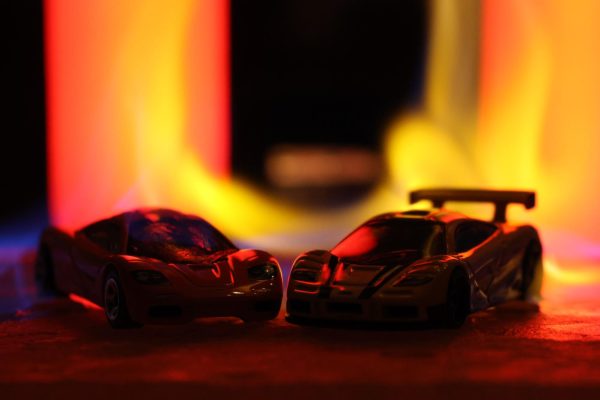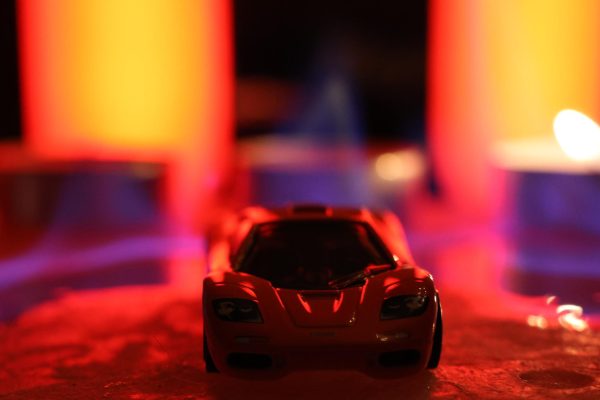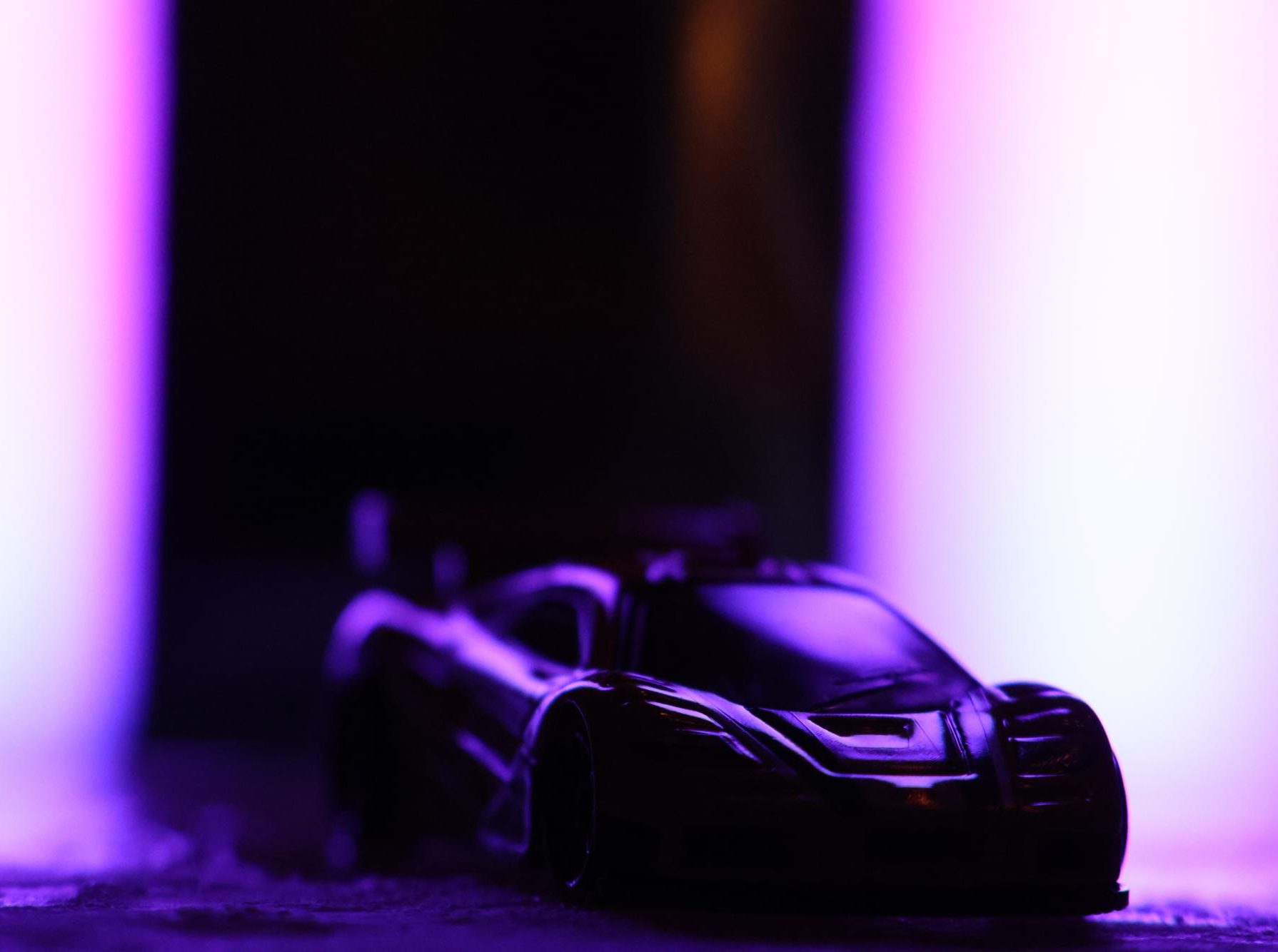While cars are meant to take you from point A to B, certain vehicles feel like they are more, jam packed with nostalgia and influence. Each generation has a car that elevates a daily chore to the experience of driving an extraordinary work of art. These cars carve themselves into the minds of the consumer, impacting their dreams and aspirations in a way that is unexpected coming from a hunk of metal with four wheels and an engine.
For the 1990s, the car that comes to mind is the McLaren F1.
While some may see cars as nothing more than tools and find little interest in their inner workings, it is important to acknowledge the cultural significance they are capable of possessing.

Brief history of McLaren
The British automotive company was established in 1963 by race car driver, designer and engineer Bruce McLaren. He was born in New Zealand in 1937 and quickly got involved in the country’s rich auto-racing community, competing in a racing competition at the age of 14. McLaren’s innate passion for all things automotive drove him to devise his own racing team, Bruce McLaren Motor Racing Ltd, which later developed into the beloved car manufacturer it is today.
In 1964, McLaren’s small racing team constructed their first legitimate sports car, the McLaren M1A.
Bruce McLaren’s racing career did not last long, after fatally crashing his Can-Am car on June 2, 1970. Despite McLaren’s untimely death, his company carried on his legacy, keeping the McLaren name in the minds of many.
After McLaren’s death, the company’s reins were passed on to Teddy Mayer, who was able to build McLaren into a front runner in the F1 scene.
Mayer was born in Scranton, Pennsylvania in 1935. While studying law at Cornell Law School, Mayer got involved in the Rev-Em Formula Junior team. He spent the rest of his career in the racing world, eventually assuming the position of managing director for McLaren.
Mayer drove McLaren to win the Indianapolis 500 race twice.
Starting in the late 70s, McLaren’s performance in the F1 scene began to decline, and in 1982, Mayer passed his leadership position to Ron Dennis who made the company public, making him the CEO.
Despite letting McLaren go, Mayer stayed in the racing scene until his death in 2009 after a decade-long battle with Parkinson’s disease.
Under the control of Ron Dennis, McLaren spread its wings and expanded into the world of production cars, the first one being the iconic 1992 McLaren F1.

History of The McLaren F1
The McLaren F1 was designed by Gordon Murray, Peter Stevens, and the engine designer at BMW, Paul Rosche. The goal with the F1 was to create the “ultimate road car” and this is exactly what they did. The McLaren F1 broke the world record for fastest production car, reaching the astonishing speed of 240.1 MPH, which passed the previous record of 217 MPH held by the Jaguar XJ220.
The F1 was produced from 1992 until 1998, only manufacturing 106 cars making it one of the most desirable cars for collectors around the world.
The McLaren F1 started at a bankruptable price of $815,000. While this price may seem extremely high, it seems like a good deal when compared to the worth of these cars today, one being auctioned for over $20 million in 2021.
Specifications
The McLaren F1 was not only aerodynamic but extremely powerful. It was equipped with a 6.1 liter BMW V12 which produced 618 BHP (brake horsepower) at 7,400 RPM, 479 ft/lbs of torque at 5,600 RPM, and weighed in at 2,513 pounds. The McLaren F1 was able to propel itself from 0 to 60 in 3.2 seconds and reach a top speed of 240 MPH, allowing it to keep up with super cars even within the most modern era. These astonishing statistics help illustrate why the McLaren F1 is one of the most impressive engineering accomplishments in the supercar world.

What makes the F1 so iconic?
The desirability was not only created by the incredibly impressive design of the F1, but also the limited number of cars produced. This quickly placed the McLaren at the forefront of the minds of car collectors, subsequently creating a name for itself within pop culture.
Additionally, the McLaren F1 is still in today’s pop culture, even earning a place on an alternate cover of Frank Ocean’s album, “nostalgia, ULTRA” and appearing in the music video for his song, “Nike.”
The McLaren paved the road for many modern day supercars, setting an extremely high standard for their performance and advanced design. Owning an F1 is the dream of many collectors and car enthusiasts, however, with the small number of cars produced, many of their wishes will remain unfulfilled.
Despite such a small number of F1s being produced, it remains extremely influential in the design and technology of its successors. The McLaren F1 definitely earns itself a place on the list of most influential vehicles ever.
















